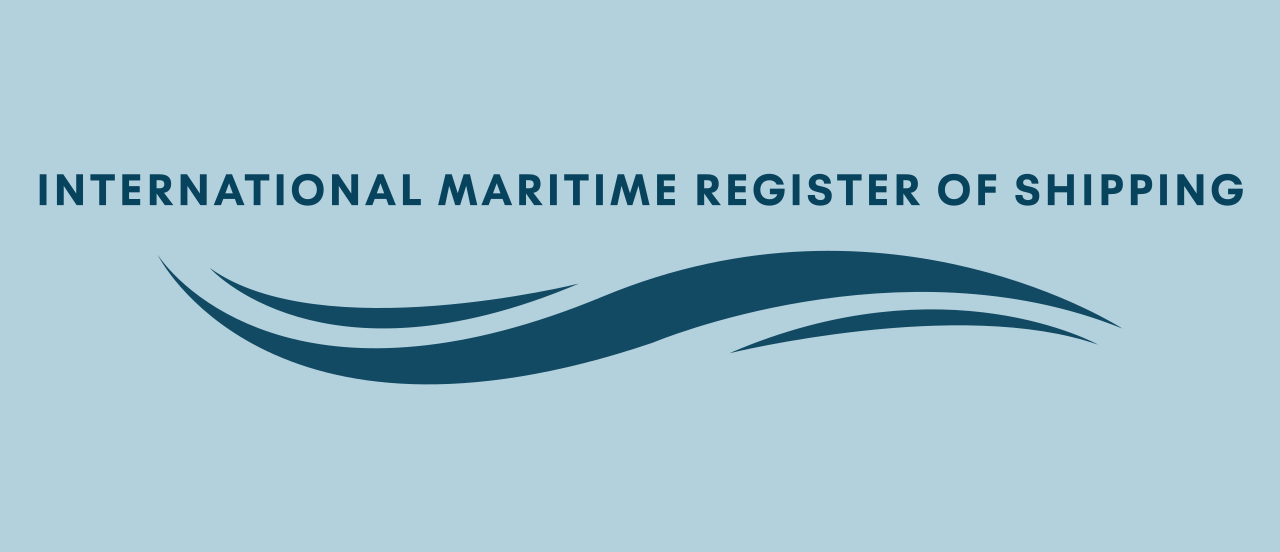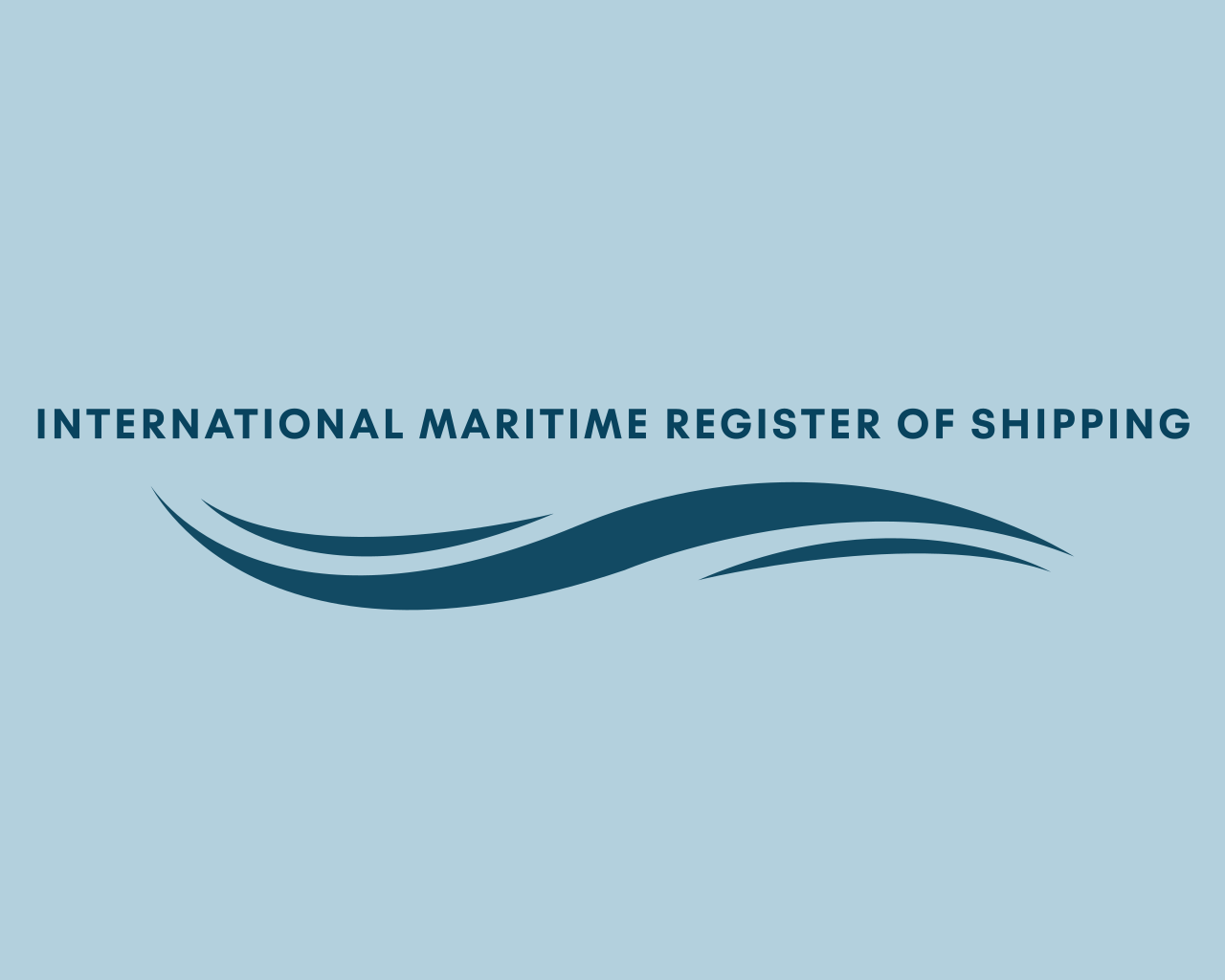Maritime Labour Convention, 2006 (MLC, 2006)
ILO MLC 2006
ILO MLC 2006
Statutory
The Maritime Labour Convention, 2006 (MLC, 2006) stands as a landmark international treaty, crafted to uphold the rights and welfare of seafarers globally. Ratified by the International Labour Organization (ILO), the MLC, 2006 sets forth comprehensive standards to ensure decent working and living conditions for seafarers, regardless of their nationality or the flag of the vessel. This convention, often referred to as the “Seafarers’ Bill of Rights,” entered into force on August 20, 2013, after gaining widespread support from maritime nations.
Objectives of the MLC, 2006:
-
Ensuring Decent Working Conditions: The primary objective of the MLC, 2006 is to establish minimum standards for seafarers’ employment, encompassing fair wages, reasonable working hours, adequate rest periods, and safe working conditions onboard ships. By setting these standards, the convention aims to safeguard seafarers from exploitation and ensure they receive fair treatment and compensation for their services.
-
Protecting Seafarers’ Rights: The MLC, 2006 protects the fundamental rights of seafarers, including the right to freedom of association, collective bargaining, and access to legal remedies in case of disputes. It prohibits discrimination, forced labor, and child labor, ensuring that seafarers are treated with dignity, respect, and equality under all circumstances.
-
Enhancing Occupational Safety and Health: Another key objective of the MLC, 2006 is to promote occupational safety and health onboard ships. The convention requires shipping companies to provide a safe working environment, implement effective safety management systems, and ensure seafarers receive appropriate training and medical care to prevent accidents, injuries, and illnesses.
-
Improving Living Conditions: The MLC, 2006 establishes standards for seafarers’ accommodation, recreational facilities, and welfare amenities onboard ships. It mandates that ships provide clean, comfortable living quarters, nutritious meals, and access to recreational activities, internet services, and communication facilities to enhance seafarers’ quality of life during their time at sea.
Key Components of the MLC, 2006:
-
Title and Scope: The MLC, 2006 applies to all seafarers engaged in commercial maritime activities, including those working on ships engaged in international voyages and domestic shipping. It sets out general principles, specific requirements, and detailed guidelines for compliance.
-
Articles and Regulations: The convention comprises three main parts: the Articles, which outline general principles and objectives; the Regulations, which specify detailed requirements for compliance; and the Code of the MLC, which provides specific guidelines and standards for implementation.
-
Flag State and Port State Responsibilities: The MLC, 2006 assigns primary responsibility for enforcing compliance with the convention to the flag states of ships. Flag states are required to inspect ships, issue maritime labor certificates, and ensure that shipping companies comply with the convention’s requirements. Additionally, port states have the authority to conduct inspections of foreign ships visiting their ports to verify compliance with MLC standards.
-
Certification and Inspection: The convention requires ships to obtain maritime labor certificates and carry documents attesting to compliance with MLC standards. Port state control authorities conduct inspections of ships to verify compliance and may detain vessels found to be non-compliant or in breach of the convention’s requirements.
In summary, the Maritime Labour Convention, 2006 represents a significant advancement in the protection of seafarers’ rights and welfare, promoting fair labor practices, occupational safety, and decent living conditions in the maritime industry. By establishing comprehensive standards and ensuring effective enforcement mechanisms, the convention contributes to the well-being, dignity, and professionalism of seafarers worldwide, fostering a safer, more sustainable maritime workforce.
The code laid down the following regulations:
- Regulation 1.1 – Minimum age
- Regulation 1.2 – Medical certificate
- Regulation 1.3 – Training and qualifications
- Regulation 1.4 – Recruitment and placement
- Regulation 2.1 – Seafarers’ employment agreements
- Regulation 2.2 – Wages
- Regulation 2.3 – Hours of work and hours of rest
- Regulation 2.4 – Entitlement to leave
- Regulation 2.5 – Repatriation
- Regulation 2.6 – Seafarer compensation for the ship’s loss or foundering
- Regulation 2.7 – Manning levels
- Regulation 2.8 – Career and skill development and opportunities
for seafarers’ employment - Regulation 3.1 – Accommodation and recreational facilities
- Regulation 3.2 – Food and catering
- Regulation 4.1 – Medical care on board ship and ashore
- Regulation 4.2 – Shipowners’ liability
- Regulation 4.3 – Health and safety protection and accident prevention
- Regulation 4.4 – Access to shore-based welfare facilities
- Regulation 4.5 – Social security
- Regulation 5.1 – Flag State responsibilities
- Regulation 5.1.2 – Authorization of recognized organizations
- Regulation 5.1.3 – Maritime labour certificate and declaration of maritime labour
- Regulation 5.1.4 – Inspection and enforcement
- Regulation 5.1.5 – On-board complaint procedures
- Regulation 5.1.6 – Marine casualties
- Regulation 5.2 – Port State responsibilities
- Regulation 5.2.1 – Inspections in port
- Regulation 5.2.2 – Onshore seafarer complaint-handling procedures
- Regulation 5.3 – Labour-supplying responsibilities
Under the Maritime Labour Convention, 2006 (MLC, 2006), several documents are required to ensure compliance with its regulations and to protect the rights and welfare of seafarers. These documents play a crucial role in demonstrating adherence to the convention’s standards and facilitating inspections and audits by maritime authorities. The key documents required under the MLC, 2006 include:
-
Maritime Labour Certificate (MLC Certificate):
- The Maritime Labour Certificate is issued to ships by the flag state administration to verify compliance with the requirements of the MLC, 2006. It serves as evidence that the ship has been inspected, and its working and living conditions for seafarers meet the standards set forth in the convention.
-
Declaration of Maritime Labour Compliance (DMLC):
- The Declaration of Maritime Labour Compliance is a document provided by the ship’s owner or operator to demonstrate compliance with the MLC, 2006. It contains essential information about the ship’s policies, procedures, and practices related to seafarers’ working and living conditions, as well as the measures in place to ensure compliance with the convention.
-
Seafarers’ Employment Agreement (SEA):
- The Seafarers’ Employment Agreement is a legally binding contract between the shipowner or operator and the individual seafarer. It outlines the terms and conditions of employment, including wages, working hours, leave entitlements, repatriation, and other benefits. The SEA must comply with the requirements of the MLC, 2006 and be provided to seafarers before they join the ship.
-
Records of Hours of Work or Rest:
- The MLC, 2006 mandates that records of seafarers’ hours of work or rest be maintained onboard ships. These records document the hours worked by seafarers and their rest periods, ensuring compliance with the convention’s requirements regarding maximum working hours, minimum rest periods, and rest hour compensation.
-
MLC manuals:
- MLC Manual is a comprehensive document developed by shipowners or operators to ensure compliance with the requirements of the Maritime Labour Convention. It outlines the policies, procedures, and practices necessary to meet the standards set forth in the convention and provides guidance on implementing and maintaining a compliant maritime labor system.
-
Seafarer’s Employment and Social Security Record Book:
- The employment and social security record book is a personal document issued to seafarers that records details of their employment history, training, qualifications, and social security contributions. It serves as a record of seafarers’ employment and facilitates access to benefits and entitlements.
These documents are essential for demonstrating compliance with the Maritime Labour Convention, 2006 and ensuring the protection of seafarers’ rights and welfare. By maintaining accurate records and adhering to certification requirements, shipowners and operators can contribute to the promotion of decent work and living conditions for seafarers and the enhancement of labor standards in the maritime industry.

